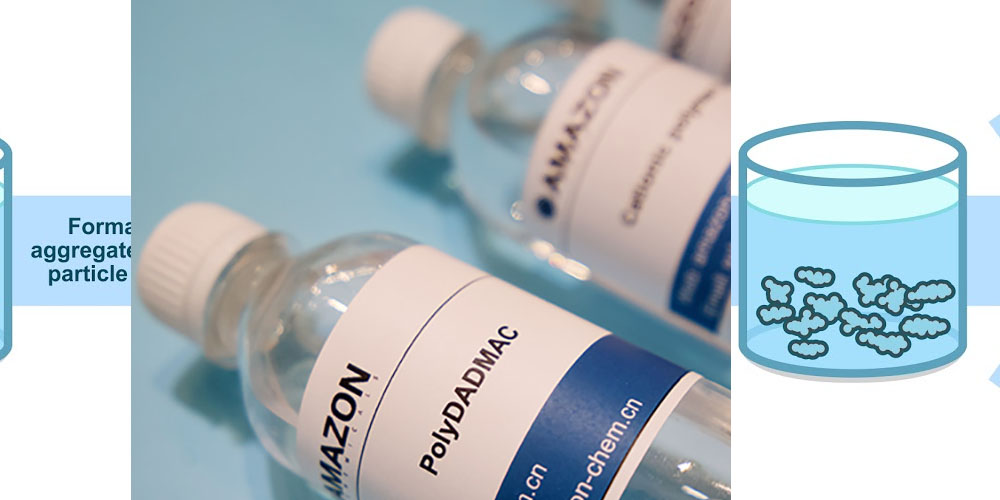Poly dimethyl diallyl ammonium chloride is a homopolymer of diallyldimethylammonium chloride. This chemical is commonly applied as a cationic coagulant in various industrial settings. For instance, it is used in the water treatment and mining sectors as a coagulant for clay and waste particles in oil and wastewater. Furthermore, it is applied in oil as a stabilizer for drilling clay. In recent years, researchers have invested resources in researching how PolyDADMAC can use in the dewatering process for activated sludge. Additionally, research is underway to determine other areas where it is applicable.
A brief history of the formation of PolyDADMAC
PolyDADMAC polymers were first studied and developed in 1957 by Teacher George Butler at the College of Florida. It was surprising as it was a water solvent, at the time, in contrast to other engineered polymers shaped by polymerization of monomers containing more than one vinyl usefulness. The construction and reaction path of PolyDADMAC was set in stone at the beginning of 2002 with NMR studies.
PolyDADMAC as a dewatering agent for activated sludge
Activated sludge typically contains over 90% water and fine particles that exist as sludge. Plenty of flocculants are required to destabilize, dray, and flocculate the particles in activated sludge. This process is known as the flocculation cycle. Normal flocculants incorporate inorganic flocculants and natural flocculants. The expansion of inorganic flocculants consumes a lot of medicament, yet additionally has a lot of dregs, and the treatment impact isn't significant. Lately, it has been bit by bit supplanted by natural flocculants. Currently, cationic polyacrylamide is predominantly utilized by most practitioners in this sector.
Lately, a few homegrown producers have started to lead a ton of exploration on Poly(Dimethyl diallyl ammonium Chloride) PolyDADMAC. Poly(Dimethyl diallyl ammonium Chloride) is a natural cationic polymer with dimethyl diallyl ammonium chloride as the fundamental body. It has excellent water solvency, and the fluid arrangement is unbiased. After medium ionization, a decidedly charged quaternary ammonium salt straight activity bunch is delivered. Notwithstanding the connecting and roll clearing elements of general polymer flocculants, it has significant strength areas for balance capacities.
How is PolyDADMAC formed?
PolyDADMAC is formed by reacting two equal amounts of allyl chloride with dimethylamine. However, the reaction does not complete its synthesis process. Therefore, the products from the reaction are synthesized by radical polymerization. In radical polymerization, a polymer is formed by adding free-radical building blocks created by various mechanisms involving independent initiator molecules. DADMAC goes through radical polymerization with organic peroxide (catalyst) in this case. The process results in the synthesis of poly dimethyl diallyl ammonium chloride.
Conclusion
The most common application of PolyDADMAC is in wastewater treatment. Here, the chemical acts as a primary natural coagulant. Its role is to neutralize the negatively charged colloidal material. Doing so reduces the sludge or waste volume in the water compared to synthetic coagulants. The same principle applies in the dewatering process of activated sludge. However, research is currently underway to discover better ways to transform this process into an efficient and effortless one.


